
League of Legends Esports

All 2025 LCK Awards Winners: Bdd Claims Top Prize
The 2025 LCK Awards winners have officially been announced at the CJ ENM Center in Seoul, South Korea. Rewarding the best performing players from the LCK all throughout the year in every role, the LCK Awards 2025 saw one player stand above the rest after claiming the prestigious Player of the Year Award. All 2025 LCK Awards Winners and Nominees LCK Top of the Year: Kim "Kiin" Gi-in (Gen.G) - Winner Choi "Doran" Hyeon-joon (T1) Choi "Zeus" Woo-je (HLE) LCK Junglermore


Finished




League Next: Massive LoL Updates Announced by Riot Games for 2027
One of the biggest League of Legends updates ever has just been announced to be coming our way in 2027. In a snippet of the next Dev Update, Riot Games has revealed that a new LoL client is finally in the works as a part of the overhaul, dubbed by the company as 'League Next'. The arrival of a new client, plus other large updates like an entirely revamped Summoner's Rift map, promise to bring us about as close to League of Legends 2.0 as we're ever going to get. League Next: The Future League of Legends For League of Legendsmore
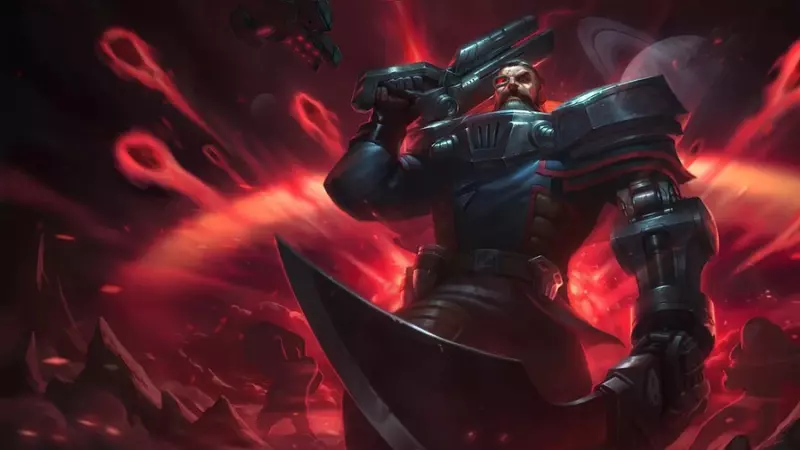
One-Shot Pirate: Playing Gangplank in League of Legends
Gangplank in League of Legends is a champion built around raw damage, timing, and control. He fights with a pistol, a cutlass, and barrels of gunpowder that can decide a fight in one chain reaction. His kit rewards players who plan ahead and punish mistakes fast. This article covers everything you need to know about Gangplank and his abilities. Gangplank’s story in Bilgewater Gangplank is feared for a reason. He once ruled the port city of Bilgewater as the reavermore
League of Legends is a MOBA developed by Riot Games that launched in 2009. It quickly became one of the most popular competitive games in the world as players enjoyed the team fights, the champions and the competition of each game.
As the game itself has evolved, so has the community around it. League of Legends soon became more than a game — it brought in a brand new era of esports.
History
Origins and Early Competition
League of Legends was developed by Riot Games, an American video game developer established in 2006 by Brandon Beck and Marc Merrill in Los Angeles, CA.
The goal for the two founders was to create a game that would continue to change with players, and not through sequels but through updates and a growing competitive environment. They were inspired by Warcraft III mod Defense of the Ancients (DotA) and wanted to build a game that would innovate on the same type of strategic and team-based gameplay while delivering it in a more accessible way for others to play. After years of development, League of Legends was officially released on October 27, 2009.
The game was initially minimal in terms of content with only slightly more than 40 champions and basic graphics. However, it was distinct almost immediately with fast-paced matches, unique characters, and the free-to-play model which implemented optional purchases for cosmetic items. At the time, the free-to-play model was something new to offer – supported by the opportunity to purchase cosmetics – and it allowed LoL to grow rapidly. The playerbase began to grow as Riot started engaging the players with consistent new patches, community engagement measures, and esports events.
The first tournaments began in 2010 when the grassroots competition began forming into regional competitions. In 2011, Riot Games hosted the first League of Legends World Championship which marked the start of the professional era in which the game would grow even further.
At DreamHack 2010 in Sweden, the first event included just eight total teams and a $100,000 prize pool – which is significantly smaller than the events that take place today, which boast multi-million dollar prize pools. These initial tournaments transformed into events that ultimately would set the stage up for what would become an esports phenomenon around the world. By investing in regional leagues, broadcast infrastructure, and increasingly obtaining professional players, LoL began to change from being a casual game for multiplayer fun to one of the most watched competitive esports in the world. Through 10 years, what once began as a passion project from a community mod, spawned into an ecosystem that continues to define esports today both in size and influence.
Professionalization and Global Expansion
The inaugural World Championship in 2011 garnered much attention around the globe, giving Riot Games full faith that League of Legends was ready to become an esports title on a grand scale. They subsequently invested close to $5M for the following competitive season, transitioning what was once community-led tournaments, into a structured professional league.

In 2013, Riot introduced the League Championship Series (LCS) in both North American and European regions, introducing player contracts and even packaging the competition with weekly broadcasts to culminate in a playoff stage. Other regions followed immediately; the LCK would start in Korea, then the LPL would start in China. Each league resulted in a distinct identity, professionalism and fan culture in each of the competitive regions.
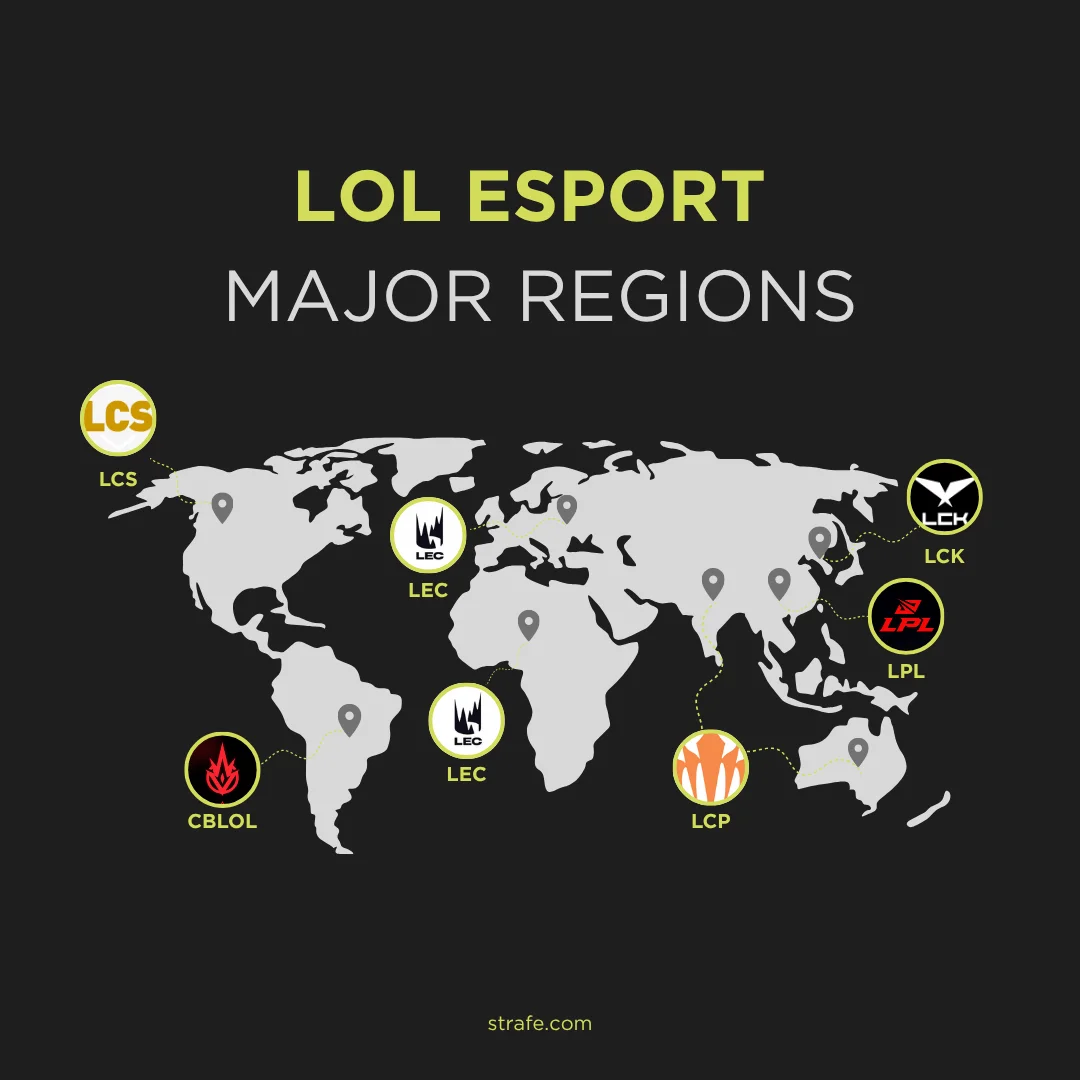
For stability, Riot would later introduce a franchise model and did away with promotion and relegation of franchises, putting into place permanent spots for organizations. Two benefits arose from this; franchises able to invest in their teams without worry, and the ability to build sustainable organizations— League of Legends had evolved into a true global sport.
The finances for the ecosystem of the game come from a combination of in-game purchases, sponsorships, and media rights. The free-to-play and circular, seasonal game updates facilitated reaching players around the world, while organizations such as Mastercard and Mercedes-Benz partnered with events on a professional level.
In addition, League of Legends transitioned from competitive esport game to storytelling by way of the Netflix runaway hit series, Arcane, also taking place in the League universe. It introduced the world of Runeterra and champions such as Jinx and Vi, and contributed to the cultural impact beyond just the game.
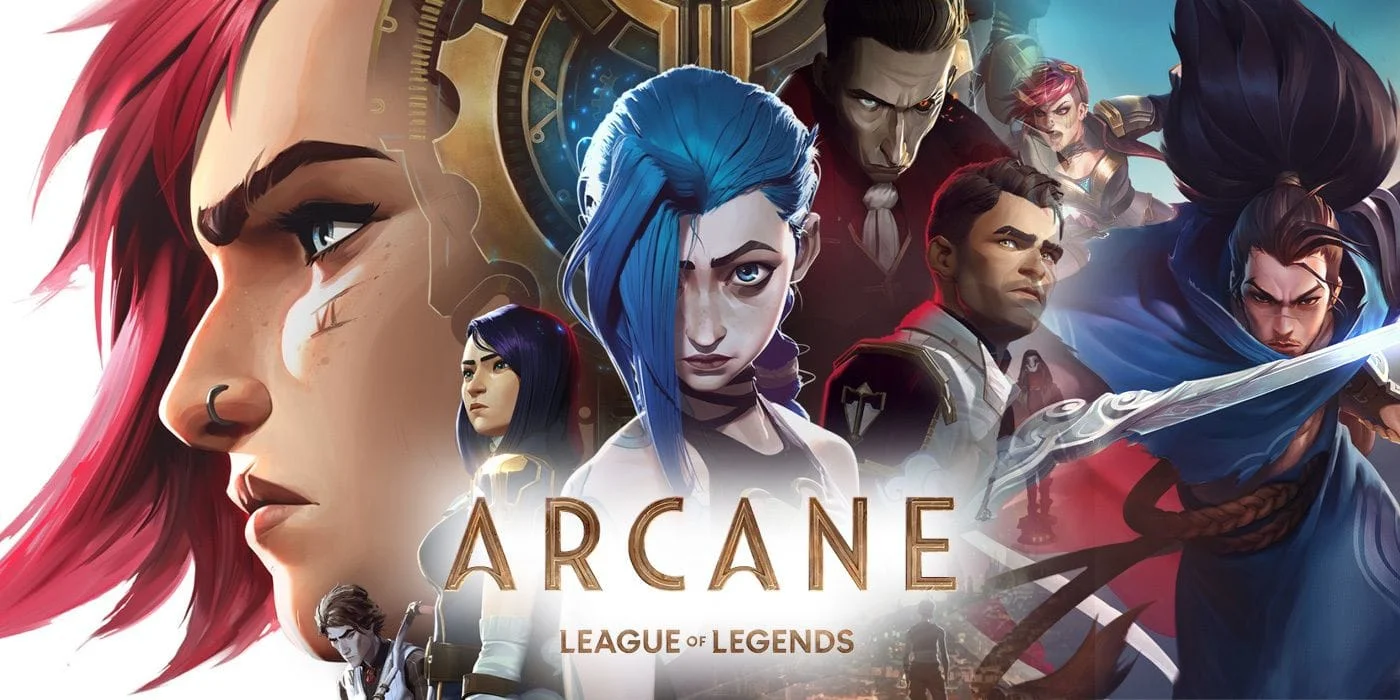
Competitive Structure
The League of Legends competitive season runs like clockwork. It starts with regional leagues that fill the calendar all year long and ends with the biggest show in the scene — the World Championship. Every team plays through local splits and playoffs, hoping to earn enough points to reach the global stage.
Worlds, as fans call it, is the crown jewel of League of Legends esports. Each autumn, the best squads from around the world meet to fight for the Summoner's Cup — an event that represents pride, glory, and a prize pool that keeps growing. The event has turned into one of the most-watched tournaments on the planet. In 2023, the finals reached 6.4 million peak viewers (excluding China), and the 2024 showdown broke that mark again with almost 7 million tuning in live.
For players, it's the dream stage. For fans, it's a yearly tradition — a mix of sport, drama, and history that defines what LoL esports is all about.
How Esports Fits Into League of Legends
At its most basic level, League of Legends is organized around competition. Every one of its players begins in a competitive ranked "league", the in-game ladder that serves as the backbone of its esports ecosystem. Ranked matches place players into skill tiers—from Iron to Challenger—and mimic the structure of professional leagues. The best amateur players slowly work their way up these high-ranked ladders or semi-pro circuits, or are spotted in regional scouting programs, before finally having the opportunity to join an academy team or professional roster.
Once players reach the professional level, the structure of competition starts to take a little more formality. Each region's Tier 1 league (i.e. LCK, LPL, LEC) runs in seasonal "splits," with weekly matches, playoffs, and qualification points as a lead up to international competitions, such as the Mid-Season Invitational (MSI) and Worlds. In other words, ranked play feeds the talent pipeline, and professional leagues are the key to funneling and transforming that individual skill into a team-based structure and competition that is showcased to millions.
As the audience of esports grew, Riot Games worked to allow access to the game beyond PC. In 2020, Riot released League of Legends: Wild Rift, a fully optimized version for mobile devices and consoles. Wild Rift offers the same strategic depth and 5-on-5 gameplay as the original League of Legends on PC while creating matches that are shorter and faster, designed for touch screen controls. While it is completely separate from League of Legends, Wild Rift is another competitive "circuit," and has its own tournaments and the Wild Rift League (WRL) in China that is backed by Riot for competitive play.
Regardless of whether on PC or mobile the two versions embrace the same philosophy that is skill, teamwork, and strategy at all levels. From ranked solo queues, up to the World Championship stage, League of Legends has a seemingly endless competitive identity that unites casual gameplay, professional sport, and mobile accessibility into one global system.
International Tournaments
League of Legends World Championship (Worlds)
The League of Legends World Championship, commonly referred to as Worlds, is the final event of the professional League of Legends season. It occurs each fall, in a host country, and brings together the best teams in the world to compete for the Summoner's Cup and a multi-million dollar prize pool.
In 2025, Worlds will return to China from October 14th to November 9th, with the Grand Final taking place in Chengdu, and previous events taking place in Beijing and Shanghai.
Worlds 2025 will bring the best of the best together to compete at the premier-level, bringing forth global rivalries, and a never before seen spectacle in League of Legends esports.
Mid-Season Invitational (MSI)
The Mid-Season Invitational (MSI) is League of Legends' premier midseason international event where the best teams from every major region of League of Legends compete in the offseason between the Spring and Summer Splits.
Following MSI 2025 in Vancouver, Canada, MSI 2026 will be held in Korea, a historical and one of the most successful regions of League of Legends history. We do not have an official city released for the tournament, however, it is likely that it would be hosted in either Seoul or Busan, according to the Korean Esports Association (KeSPA) who will select the city.
It is fitting that MSI would be hosted in Korea — Korea has been the host to some legendary competitions, particularly as it is the home of some of the notable teams (T1 and Gen.G) in the esports world. Taking place in the middle of summer during 2026, we can expect nothing less than a clash between the best teams in the world, and a re-telling of the most storied international rivalries.
Professional Regional Leagues
League of Legends Esports rests upon the foundation of its five Tier 1 professional regional leagues, that comprise the global competitive ecosystem. Each of these regions ultimately has its own league, schedule, and fan culture, while also sharing one collective goal: to earn an invitation to compete at the international tournaments such as MSI and Worlds.
- LCK (League of Legends Champions Korea)
- The League of Legends Champions Korea (LCK) is the region based in South Korea and generally regarded as the highest level of prestige in competitive League of Legends play. The LCK is known for its strategic and disciplined playstyle, while its legendary teams such as T1 and Gen.G have been responsible for producing the most World Champions in League of Legends history.
- LPL (League of Legends Pro League)
- The League of Legends Pro League (LPL) is the region based in China and is known for its increasingly fast-paced, aggressive style that produces top-tier talent depth. Teams such as JD Gaming and Bilibili Gaming have consistently proven themselves capable of challenging Korea for worldwide leadership.
- LEC (League of Legends EMEA Championship)
- The League of Legends EMEA Championship (LEC) represents Europe, the Middle East, and Africa, known for creative strategies and engaging personalities. Teams such as G2 Esports and Fnatic have carried the region to international finals many times.
- LCS (League of Legends Championship Series)
- Runs the league for North America. Although the league was rebranded to LTA in 2025, it was reverted back to the LCS following community outrage. Teams such as Cloud9, Team Liquid, and Shopify Rebellion will be representing the region.
- LCP (League of Legends Championship Pacific)
- The League of Legends Championship Pacific runs a league for Southeast Asia, Japan, Taiwan, Hong Kong, and Oceania to showcase potential rising regions to an international stage. Teams such as PSG Talon and DetonatioN FocusMe will be leading the charge for representation from these regions.
If you're even wondering "What League of Legends region am I a part of?" - Your region is automatically determined from your server, for example if you're playing in North America, you would be from the LCS region. Riot Games currently runs local services in most areas, such as North America, Europe West, Europe Nordic & East, South Korea, China, Japan, Brazil, Latin America North and South, Southeast Asia and Oceania.
In short, the regional leagues are the heart of competitive League of Legends, they help cultivate local talent, they help build rivalries that transcend borders and they connect millions of players to the same ecosystem from neighbor to professional play.
Match Formats in League of Legends
Competitive League of Legends employs a set event structure that looks to balance consistency and excitement in a professional league season. Each professional League has a Regular Season followed by Playoffs, in which a select few of the top teams will advance to fight for regional titles and qualification for events like MSI and Worlds.
Regular Season vs Playoffs
During the Regular Season, teams compete in a round robin format to play against EVERY other team in their league. Matches for Regular Season are usually Best-of-One (Bo1) or Best-of-Three (Bo3), formats that reward preparation, adaptability, and sustaining a successful performance over time. Wins or points obtained by the teams during the regular season help determine playoff seedings, where the top seeds will proceed by playing in an elimination playoff stage.
The playoffs stage is the most entertaining part of every split, where teams will play in a Best-of-Five (Bo5) format for all the marbles. This type of match format increases the stakes of the split and seriously tests teams on stamina, strategy, and mental fortitude. Unlike the pace of Bo1 in the Regular Season, Bo5 format allows the teams to adapt to the match during the series of games with modifications to aggressiveness, the compositions of team champions and evaluation of champions at different stages of the games. The victors of the playoff series will leave with the glory of a regional champion and the promise of pedigree to compete at an international event.
Best-of Series and Tournament Rules
Best-of Series (Bo1, Bo3, Bo5)
Most regional Leagues use a mixed format of Bo1 matches for the regular season, and Bo5 matches for the playoffs and finals. However, certain regions - such as LPL and LCK, and most recently the LEC, has introduced Bo3 matches when playing in the regular season split.
Each format has a different version of balance:
- Bo1: Fast pace, unpredictability; could be suited to weekly or base broadcast of matches; increase viewers or viewer engagement relative to weekly broadcasts.
- Bo3: Variation of play style; lends deeper memory of the dynamics of the game, gives a chance for Bo3 matches for superior or superior teams to regroup after a mistake to overcome a deficit in game one.
- Bo5: A trial to the ultimate degree of successful preparation, stamina, and working as teammates - applying the need for purposefulness during playoffs and finals, promotion matches, and an international event.
In each instance, every match is played on the most recent version of the patch, one week after its release. LCS is the only league with different measures, where they always play on the live version of the patch. This means teams continually react to the balance changes introduced between patches and adaptations to a meta that continues to change. This is intended to stimulate competitive play and adapt the experience to be fresh, relevant and a facet of League of Legends, although it has not extended to other leagues yet.
The blend of the assorted match formats of Bo1 consistency and Bo5 drama is the appeal of why competitive League of Legends is cited as one of the most strategic, engaging and busiest esports spectacles in the world.
Notable Teams and Players
The history of League of Legends Esports is one of its most storied teams and players. In its decade-plus of competition, there have been several organizations that have built dynasties, set new standards of performance, and defined eras of dominance. As of 2025, these are the names that occupy the forefront of the game's legacy — shaping its past and driving its future.
Legendary Teams
T1
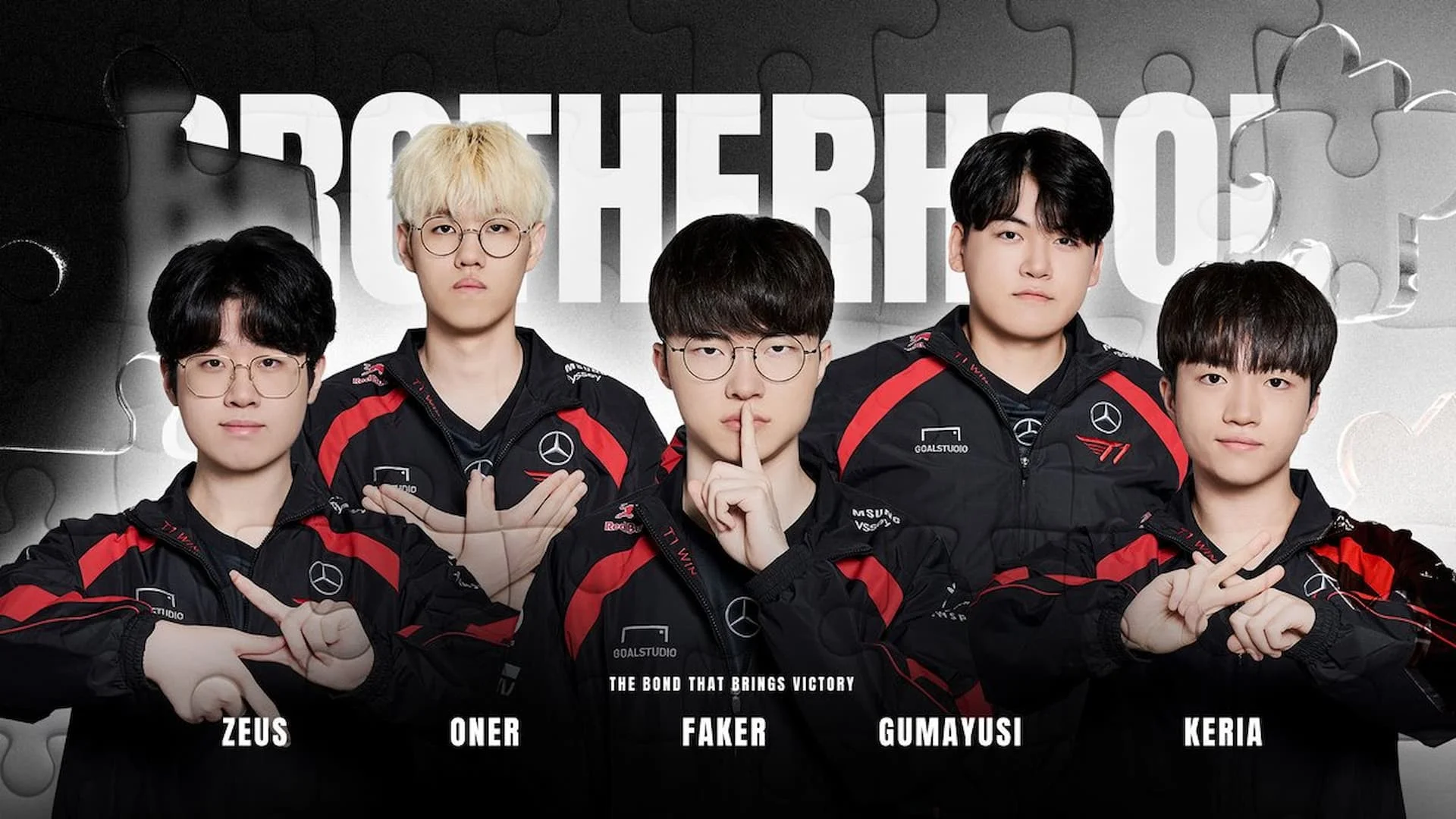
T1's name carries a weight that not many organisations can. Based in South Korea, T1 (formerly SK Telecom T1) is the most successful organization in League of Legends history, boasting five World Championships - 2013, 2015, 2016, 2023, and 2024 - an accomplishment that no other esports organization has matched. Under the greatness of Faker, they have reigned over several eras and generations consistently by integrating the veteran leadership and newer players into their system each and every year.
Gen.G
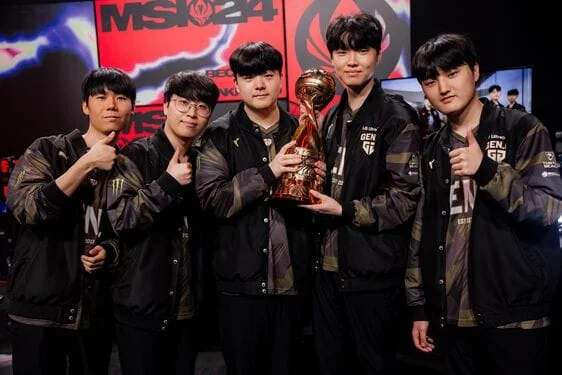
Another similarly established team is Gen.G. This South Korean organization has established itself as a consistent and disciplined gaming organization. They have won several LCK titles and confirmed themselves as a contender on the international stage from 2022. Players like Ruler and Chovy personify the vision and precision of modern competitive gaming.
Bilibili Gaming (BLG)

Bilibili Gaming (BLG) remain firmly atop China's League of Legends Pro League (LPL). Their explosive style of play and depth of roster led to them being crowned runner-ups at the 2024 World Championship, and had several domestic titles to their credit as well. The second notable team in China is Top Esports (TES). TES's prospective rise over the course of 2023 and into 2024 has made them one of the most entertaining teams in the entire league to keep up with, recently assembling a young roster that could compete with the elite teams in the world.
G2 Esports
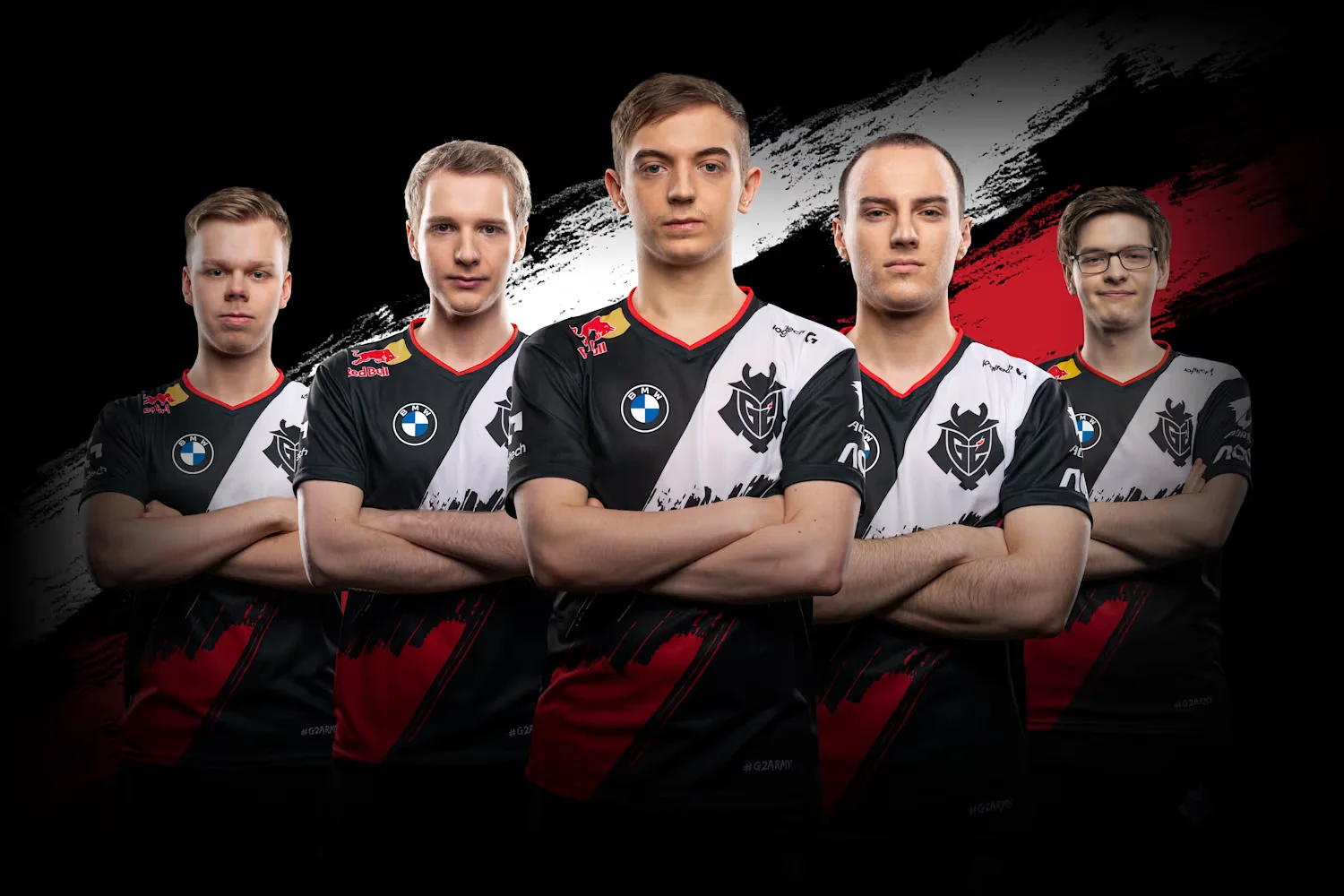
In Europe, G2 Esports have had the largest impact on the global scene as the most successful team in League of Legends European Championship (LEC) history. With some of the game's most brash players, innovative strategies, and unmatched success within regional gameplay history, G2 consistently boast being the only western organization to win a Mid-Season Invitational (MSI) in 2019, when they also reached the World Championship final.
MAD Lions KOI

Another prominent group is MAD Lions KOI, known as the next generation of European rivals with a young roster, as bold when it comes to drafting as they are flexible, who have won a handful of titles in the LEC already. Their core consists of mainly Spanish players, contributing to their identity as the "Spanish" team from Europe.
Team Liquid
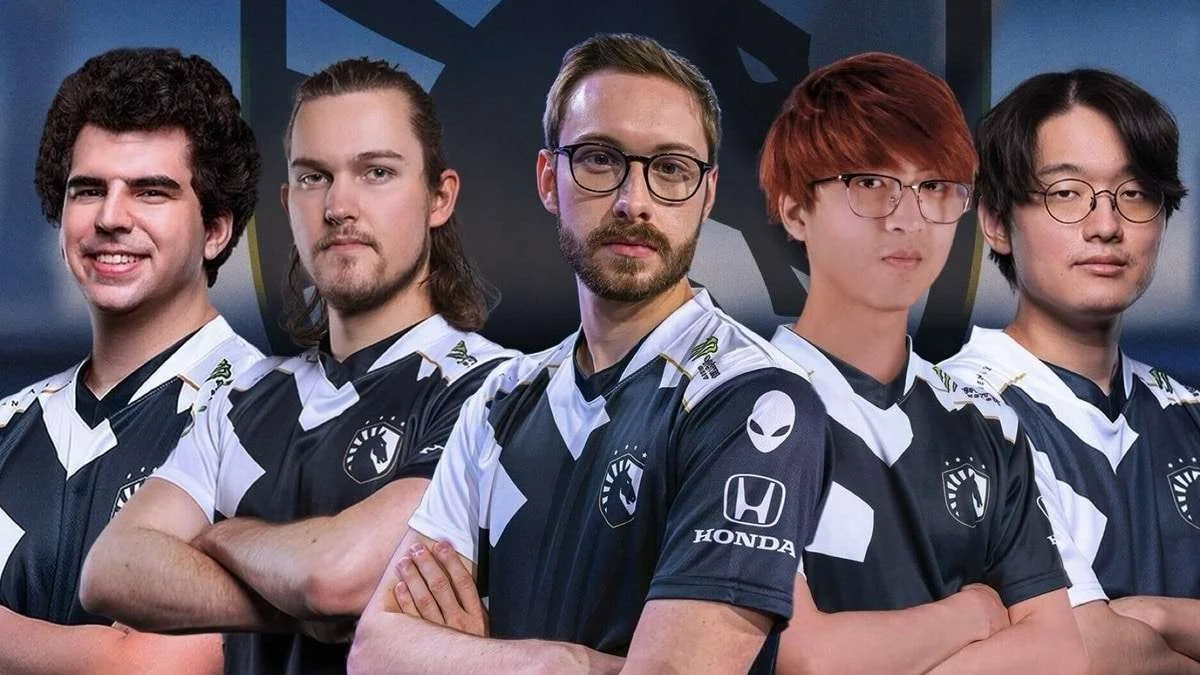
The two names most vital to the definition of the Americas across the sea are Team Liquid and Cloud9. Team Liquid made a name for themselves in the North American esports sphere by winning 4 LCS championships and even making a run to the MSI Finals in 2019.
Cloud9
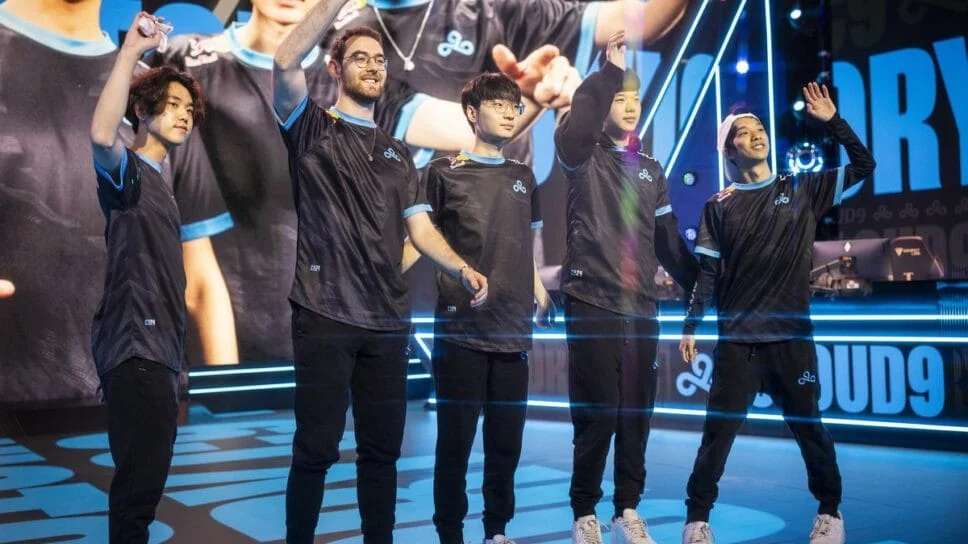
Cloud9 remains one of the region's most loved team, always consistently shocking the viewers in their international appearances, while also maintaining a strong investment in homegrown talent.
NRG Esports
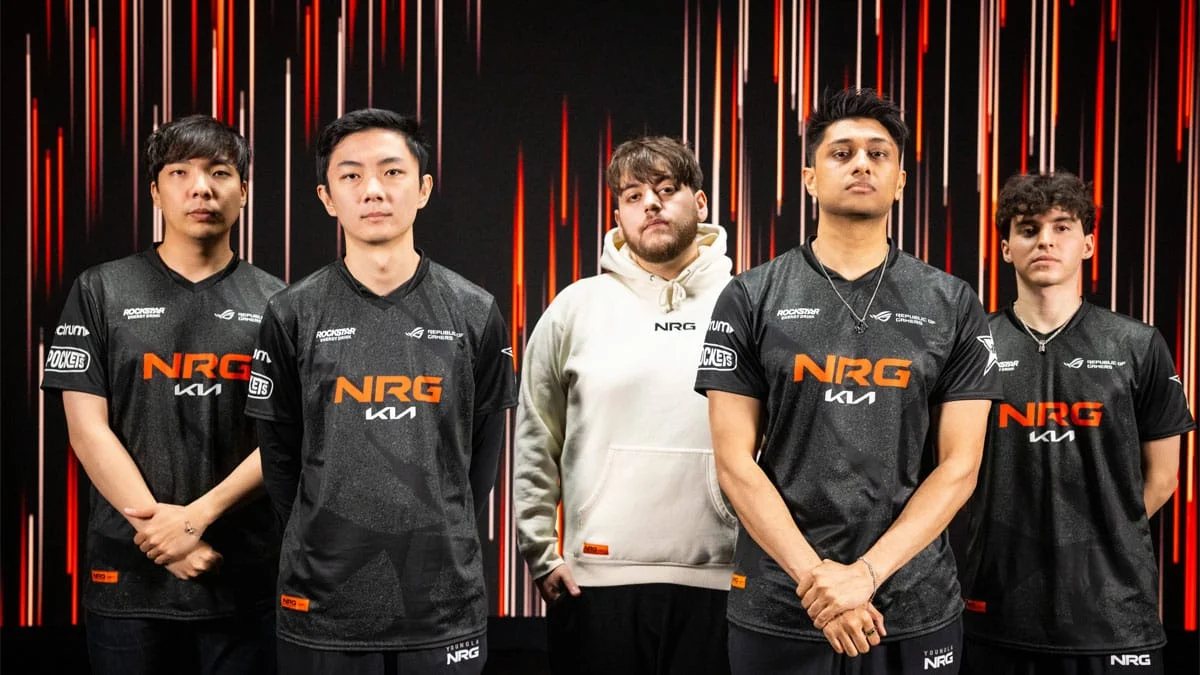
Recently, NRG Esports has made things interesting once again as the 2023 LCS Championship winners, solidifying themselves in the Americas League while also providing the tri-state competitive sense of self back to the area.
PSG Talon
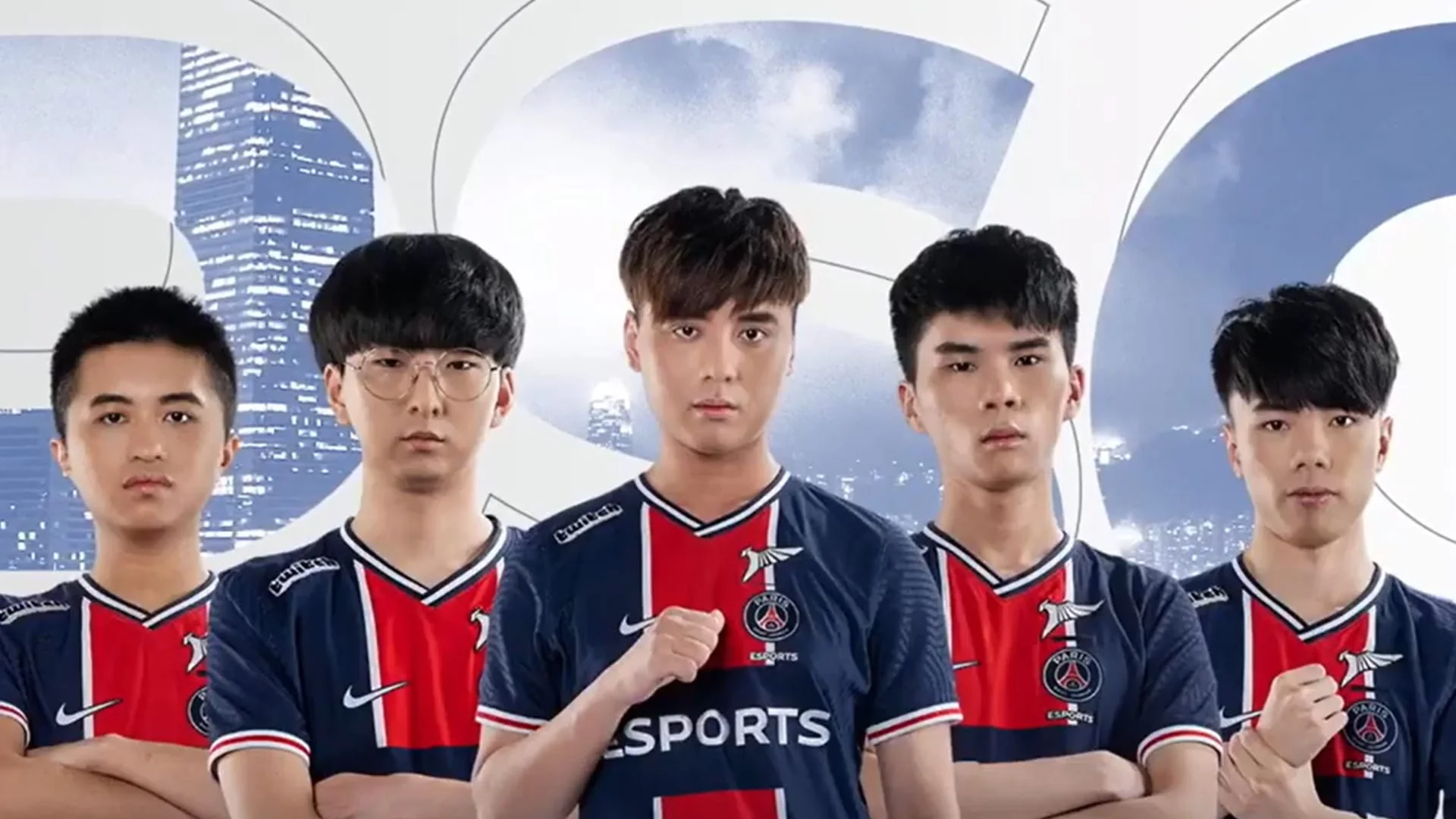
PSG Talon has cemented a place at the top for a Pacific region team, having made consistent appearances at Worlds with consistent high aggression, to begin the game. PSG Talon is becoming the defining team within the Pacific League of Legends scene.
DetonatioN FocusMe (DFM)
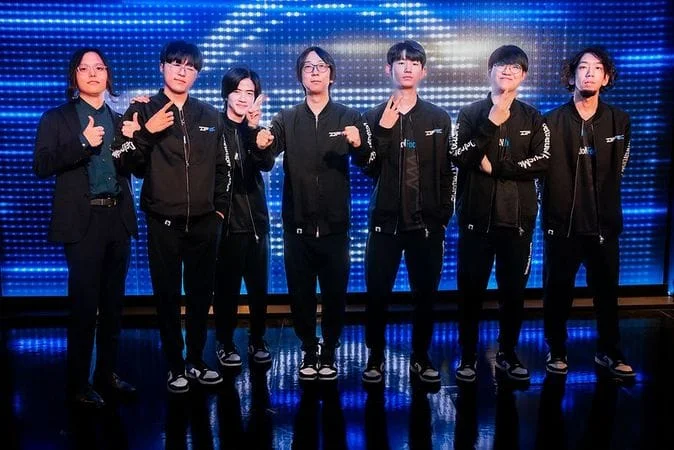
Another first happened this year in the Pacific region, as DetonatioN FocusMe (DFM) became the first Japanese team to make it past Play-Ins and to attend the Worlds 2024 Swiss Stage. Their attendance at Worlds reflects the growth and sustainability of the League of Legends Japan League (LJL), something that is starting to breed more competition within the region.
Chiefs Esports Club

Over in Oceania, Chiefs Esports Club still remains a consistent 'lesser' force within the region, while holding one of the longest legacies of any team within the southern hemisphere, as they continue to develop young talent.
Legendary Players
Lee "Faker" Sang-hyeok

At the core of the competition is Lee "Faker" Sang-hyeok, commonly called the GOAT (greatest of all time). Faker's championship resume—with five titles and a career that surpassed ten years worthwhile of competition—warrants him being the face of T1 and more notably, the face of the League of Legends scene. His significance goes beyond the Rift, as he exemplifies dedication, humility, and mastery to every endeavor he takes on.
Ruler
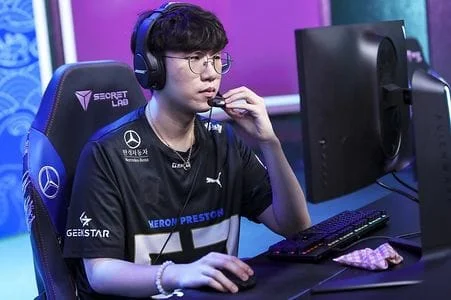
Other players have received this honor as well. Ruler is a long-tenured veteran AD Carry with Gen.G, and he is a mainstay of the bot lane just as he was in 2017 when he won a World Championship.
Chovy
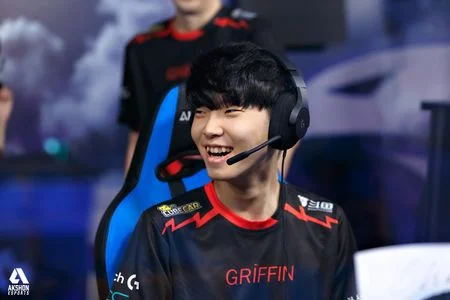
Chovy, hailing from Gen.G, has maintained the capacity to continuously surpass himself and his opponents in lane control and teamfighting. He is a staple of the Gen.G legacy and has proven himself to be the most consistent player in the LCK over the last 5 years, with only a World Championship missing from his trophy case.
Bin

Bin is known as one of the staple players from the LPL, as he stands tall as the best toplaner in the region. Having attended multiple Worlds Finals, MSI finals and several LPL championships under his belt, his style of play always has fans waiting for more, as he uses unique champion picks and lane dominance to prove his worth.
Caps
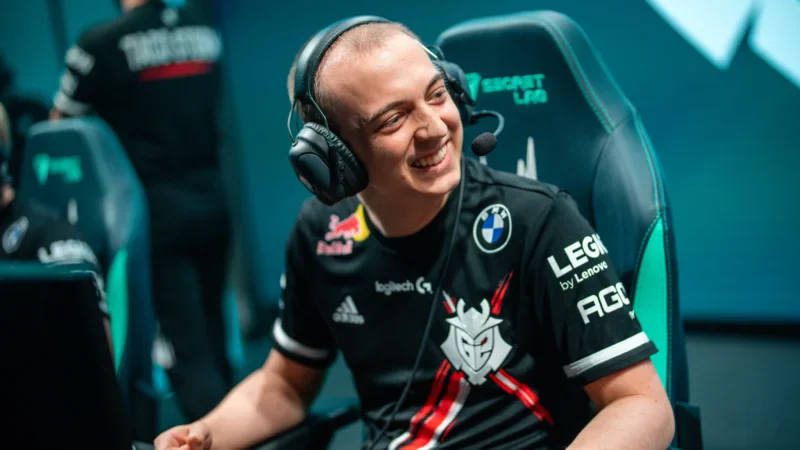
The highpoint of Europe is Caps, the Danish midlaner possessing an unparalleled degree of style, versatility, and leadership as the creative force behind G2 Esports, Caps has become the most decorated player in the history of the LEC as his high-level consistent play has continued to outshine upcoming talent in the scene, and he continuously manages to bring his team to the top.
Blaber
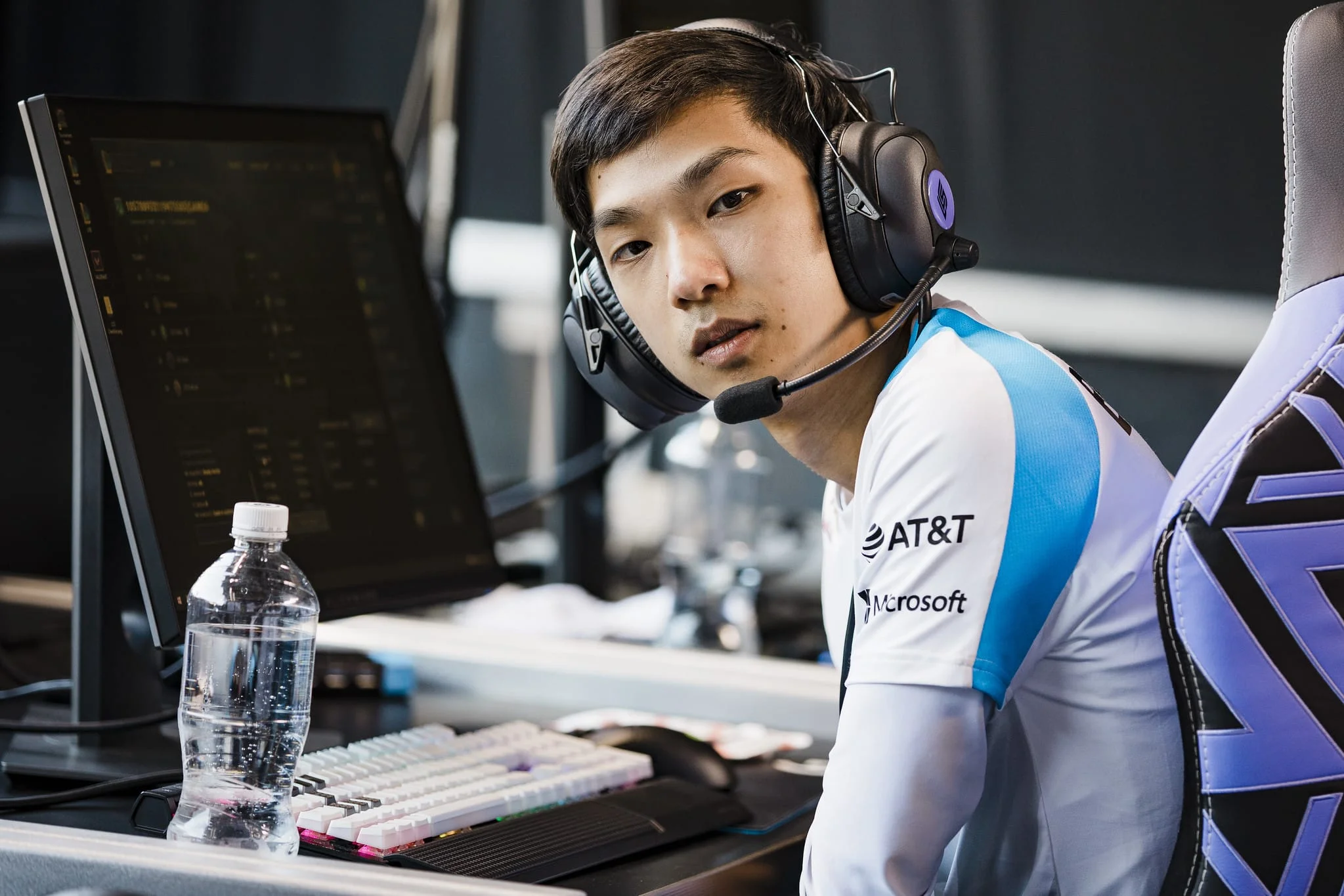
From the Western Hemisphere, the most decorated jungler from North America is Blaber from Cloud9. With a unique playing style characterized as brave or courageous, Blaber has had significant positive impact throughout his career through fearless aggression in-game.
Legacy and Global Impact
Over the ten years since its release, League of Legends has remained one of the world's most popular and recognizable titles in esports. The sustainability of this project comes from a healthy mix of accessibility, continued evolution, and community support. Riot Games has continued to refresh League of Legends with regular updates and new champions, and furnishes additional thrills with global events and cross-media projects like "Arcane" which helped extend the League universe.
Socially, League of Legends is a worldwide phenomenon connecting players and fans from every continent. Historic moments within League of Legends history — from Faker's mystery plays and G2's international runs — have created a shared history of esports experiences that parallels other sporting events.
Will League of Legends ever die? Probably not. With its deep competitive ecosystem, growing culture, and millions of devoted fans, League of Legends will likely endure the life-cycle of entertainment even if other entities fail. League of Legends is part of the bedrock of the modern esports industry and will remain an entity that can adapt and grow for years to come.
FAQ
Who invented League of Legends?
Riot Games is the creator of League of Legends. Riot Games is an American video game studio that is co-founded by Brandon Beck and Marc Merrill in 2006. League of Legends was released in October 2009. Within a short time, this game became one of the most played titles in competitive gaming in the modern era, and the game helped shape a lot of today's esports ecosystem.
What are the League of Legends World Championships?
The League of Legends World Championships is the yearly event that culminates the professional LoL season of play.
The World Championships tournament brings together all the top teams from their respective regions, such as LCK (Korea), LPL (China), LEC (Europe) and LCS (North America), to compete against one another for the Summoner's Cup. The tournament is known and respected in the esports community for its large viewership, for the cinematic that return at the top of the day, and for the intense level of competition at all levels of play.
Where is it possible to download the / LoL?
You can download League of Legends for free on the official Riot Games website: https://www.leagueoflegends.com/
The game runs on Windows and MacOS, LoL updates and LoL patches are accessed via Riot's launcher.
When does the League of Legends season begin and finish?
The professional League of Legends season generally starts in January with the regional leagues (which is; LCK, LPL, LEC, and LCS) and continues until the World Championship, which typically happens from October to the very early November timeline, the final tournament of the season.
During the offseason, typically Riot Games makes changes towards preseason to switch up the meta before the start of the new year, this is where a large number of gameplay and format changes will take place.
Who is the best League of Legends player?
This is a question that could start an argument between fans, but it would be hard to argue against Lee “Faker” Sang-hyeok, the legendary mid-laner for T1 (formerly known as SK Telecom T1). Faker has won multiple World Championships and MVP awards while forever cementing the legacy of unmatched consistency. He has truly become the face of League of Legends esports.
Why have League of Legends players been branded as toxic?
Some League of Legends players have the underlying reputation of being toxic because of the highly competitive nature and team-based social aspects of the game. These games can create intense competitive situations under high pressure, which create frustration and often those situations lead to negative behavior.
Riot Games has set up systems such as Honor rewards, chat filters, and reporting systems, to encourage players to have positive interactions and reduce toxicity in the community.
Why isn't League of Legends on Steam?
League of Legends isn't on the Steam client because Riot Games operates its own client/launcher. This allows Riot Games to control updates, security, and player accounts directly through their services.
No matches
There are no matches being played today. Check the calendar for past and upcoming matches.
Calendar









